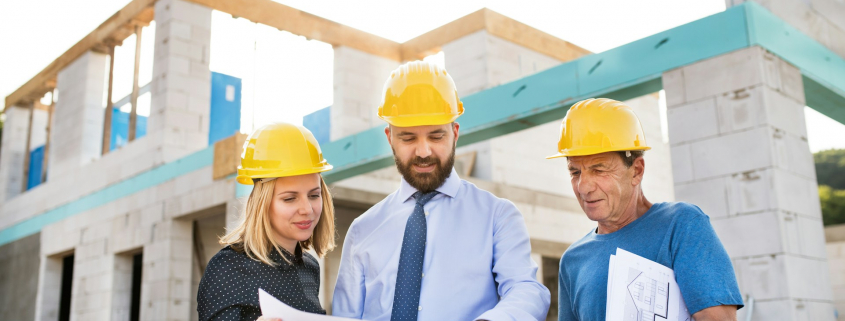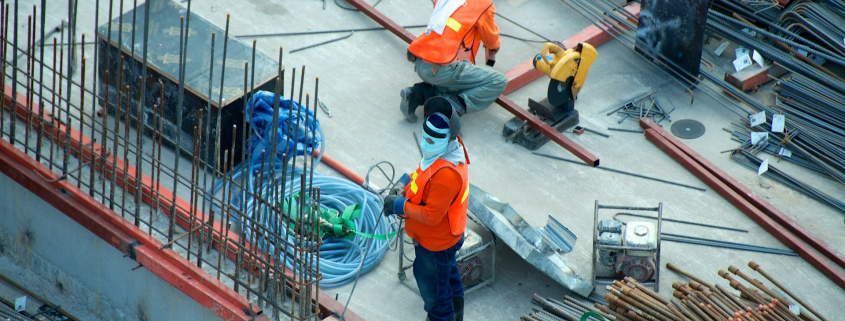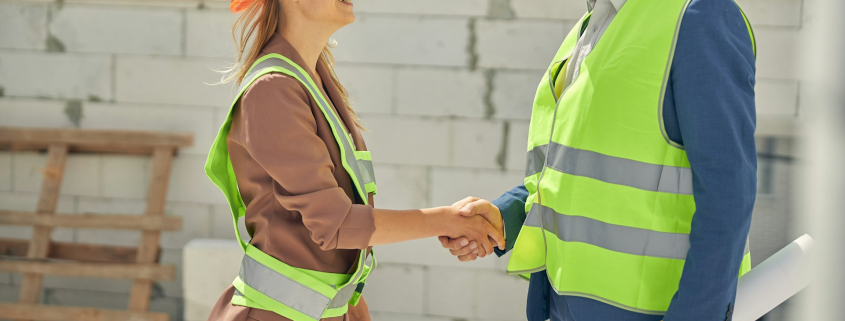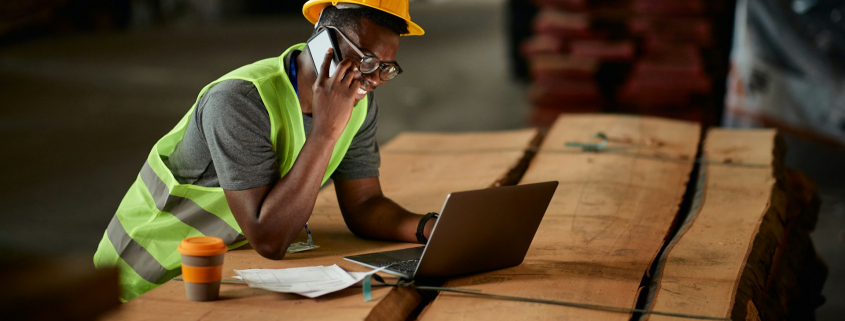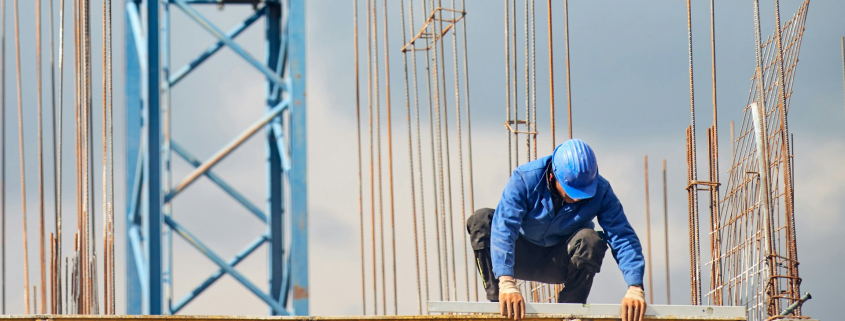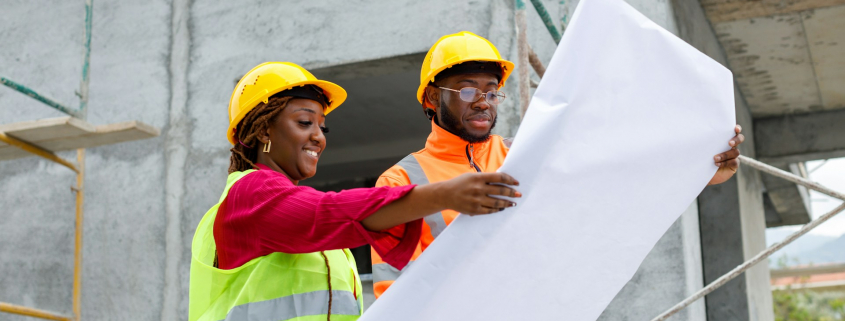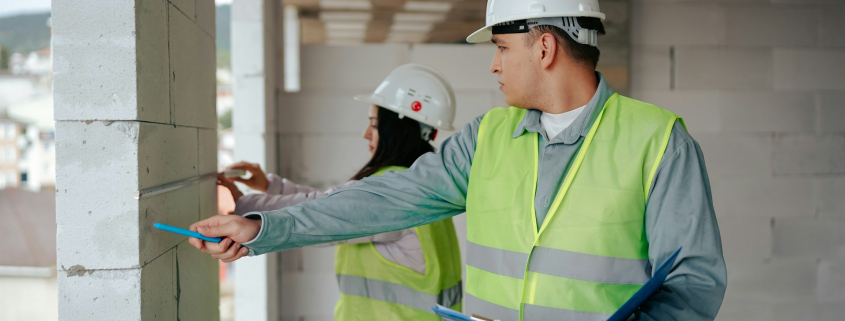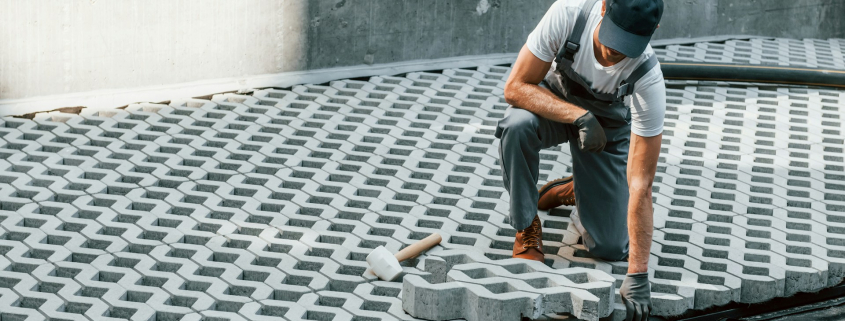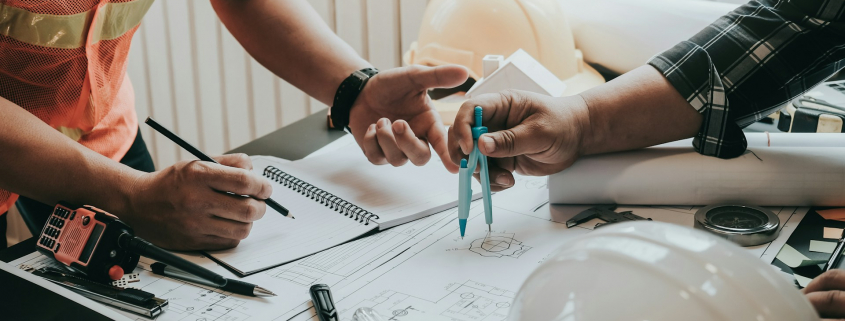Building regulations and permits can seem like a maze to anyone new to commercial construction in Lismore, NSW. These rules and paperwork are not just bureaucratic steps but crucial to ensure the safety and compliance of any construction project. Without proper adherence, projects can face numerous hurdles, impacting timelines and budgets. Think of these regulations as the foundation upon which every successful construction effort stands. Whether you’re planning a small office or a large commercial complex, understanding the local laws is key to avoiding unnecessary setbacks.
For anyone involved in the construction industry, being well-versed in these rules isn’t just beneficial; it’s necessary. This guide will walk you through the basics of building regulations and permits in Lismore, helping you navigate this essential part of the construction process. From zoning laws to acquiring the right paperwork, we’ll cover the essentials that keep your project on track, safe, and trouble-free. As we delve into the specifics, our goal is not just to inform but to simplify the often complex world of construction compliance.
Understanding Building Regulations and Permits
Before breaking ground on any project, it’s vital to get a grip on the building regulations and permits. In Lismore, these guidelines are designed to uphold safety standards and ensure projects fit within the community’s needs and infrastructure. Regulations cover various aspects like structural integrity, fire safety, accessibility, and environmental impact. Adhering to these rules not only guarantees compliance but also enhances the overall safety and quality of the structure.
To ensure a smooth process, preparation is key. Understanding the types of permits required and the specific regulations governing them is the first step. These may include construction permits, environmental assessments, and occupancy certificates. Each has its unique set of requirements and processes, making it important to know what you need before starting your project.
Navigating Local Zoning Laws
Zoning laws in Lismore significantly influence how your commercial construction project can proceed. These laws determine the type of buildings allowed in specific areas and regulate the buildings’ size and placement, along with their impact on the surrounding community. Understanding your project’s zoning classification helps avoid costly missteps and ensures the project meets local planning expectations.
Here’s how you can effectively navigate these zoning laws:
– Review Local Zoning Maps: Start by examining the official zoning maps available through the local council. This will provide a clear picture of what kind of developments are allowed in different areas.
– Understand Project-Specific Classifications: Check if your project falls into a specific zone category, such as commercial, residential, or industrial. Confirm whether it matches the intended use or if adjustments are needed.
– Seek Clarification from Planning Authorities: When in doubt, it’s beneficial to consult with local planning authorities. They can help clarify any zoning ambiguities and guide you through necessary amendments or approvals.
By aligning your project with local zoning regulations from the outset, you can prevent delays and ensure that your construction fits seamlessly within Lismore’s community framework.
Obtaining Necessary Permits
Acquiring the required permits forms the backbone of any successful construction project in Lismore. Each permit comes with its own set of criteria, which makes understanding their nuances important to prevent any future legal hiccups. Familiarising yourself with this paperwork ensures your project remains on solid ground from the get-go.
Here’s a checklist of the typical permits you might need:
1. Construction Permit: The foundation for any building work, allowing you to commence construction.
2. Environmental Permit: Necessary for assessing the potential environmental impact of your development.
3. Occupancy Certificate: Required for the final approval of your completed structure before it can be used.
To apply for these, you’ll start by gathering the relevant documentation, which may include architectural plans and impact assessments. Once ready, submit these documents to the appropriate local authority. It’s important to note that processing times can vary, and fees may apply, so it’s wise to plan accordingly. Having everything in order minimises unexpected delays, keeping your construction timeline intact.
Compliance with Environmental Regulations
Construction projects naturally affect the environment. In Lismore, special considerations are made to protect the local ecosystem. Understanding environmental regulations is essential, as non-compliance can lead to significant penalties and project interruptions.
To stay compliant, consider implementing these environmentally friendly practices:
– Use Sustainable Materials: Opt for recycled or sustainably sourced materials whenever possible to reduce environmental impact.
– Minimise Waste: Develop a waste management plan to ensure materials are used efficiently and leftover waste is disposed of responsibly.
– Consider Energy Efficiency: Integrate energy-efficient systems in your design, like solar panels or high-insulation windows, to enhance sustainability.
By prioritising these practices, you contribute to a more sustainable construction process that respects the natural surroundings of Lismore.
Staying Updated and Seeking Professional Help
Construction regulations are constantly evolving. Keeping abreast of these changes is important to ensure continued compliance. Regularly reviewing updates from local authorities can keep you informed of any new amendments or requirements.
Having a reliable partner who knows the ins and outs of the industry can be invaluable. Experienced professionals in Lismore can guide you through the regulatory landscape. They not only assist in understanding the necessary steps but also help in implementing them effectively, ensuring your project runs smoothly without unintended disruptions. Being proactive in these approaches lays the foundation for a successful build in Lismore.
Making Your Commercial Construction Project a Success
Effective navigation of building regulations and permits is a cornerstone for any construction venture in Lismore. By diligently understanding and adhering to local laws, obtaining necessary permits, and aligning with environmental standards, you set your project up for long-term success. These practices not only help in finishing your project on time but ensure that all aspects meet community standards and expectations.
Creating solid foundations through proper regulatory compliance isn’t just about checking boxes. It’s about bringing safety, sustainability, and reliability to your project, all of which reflect positively on the finished product. Mindfully managing these aspects ensures that your construction project not only meets requirements but also earns the trust and respect of the community around it.
If you’re ready to take your construction project to the next level and ensure full compliance with building regulations, see how a commercial construction company can support your goals. Greg Clark Building brings decades of expertise to every build, helping you manage compliance, timelines, and sustainability with confidence.

